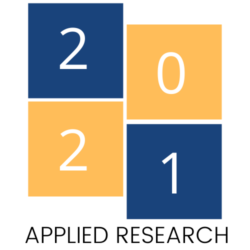Stepping Out of the Steppe—Rachel Renne
As temperatures climbed this summer, so did the elevations of the plots that I visited. My gradual ascent was an attempt to capture the plant community of each site at a time when I would be able to detect and identify most of the plant species. Higher elevations mean lower temperatures, and while many grasses Read more about Stepping Out of the Steppe—Rachel Renne[…]














